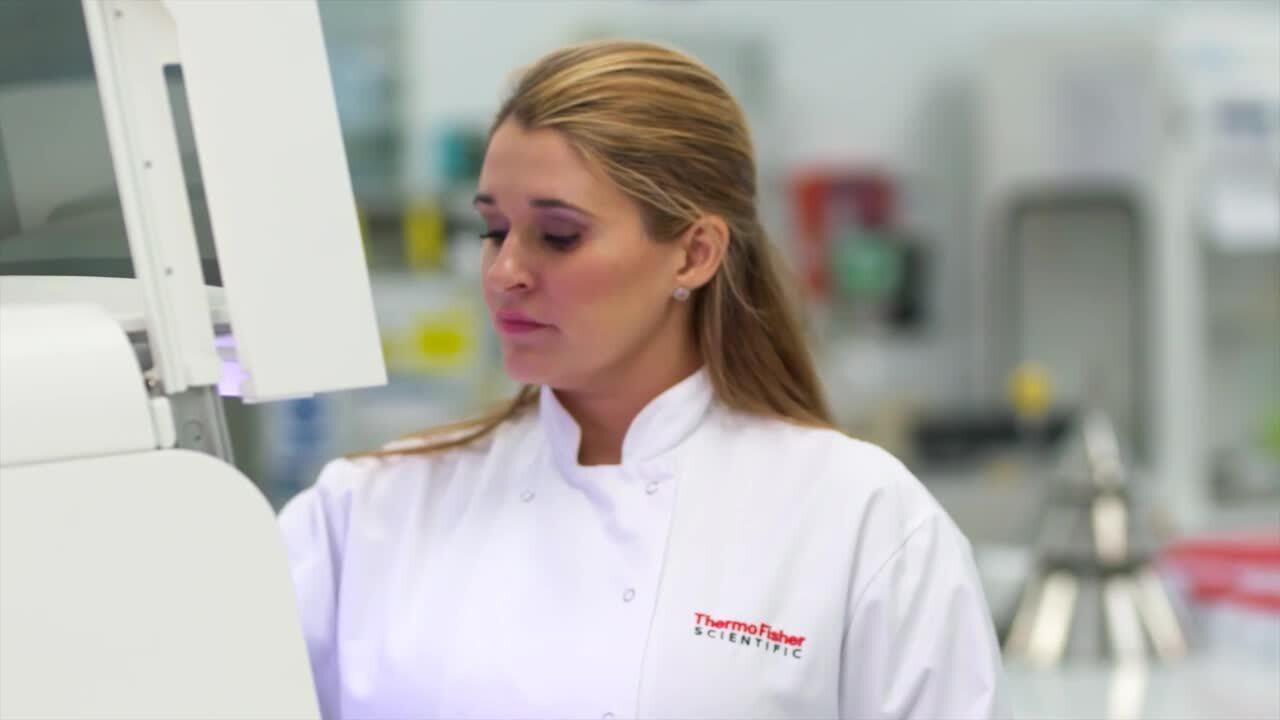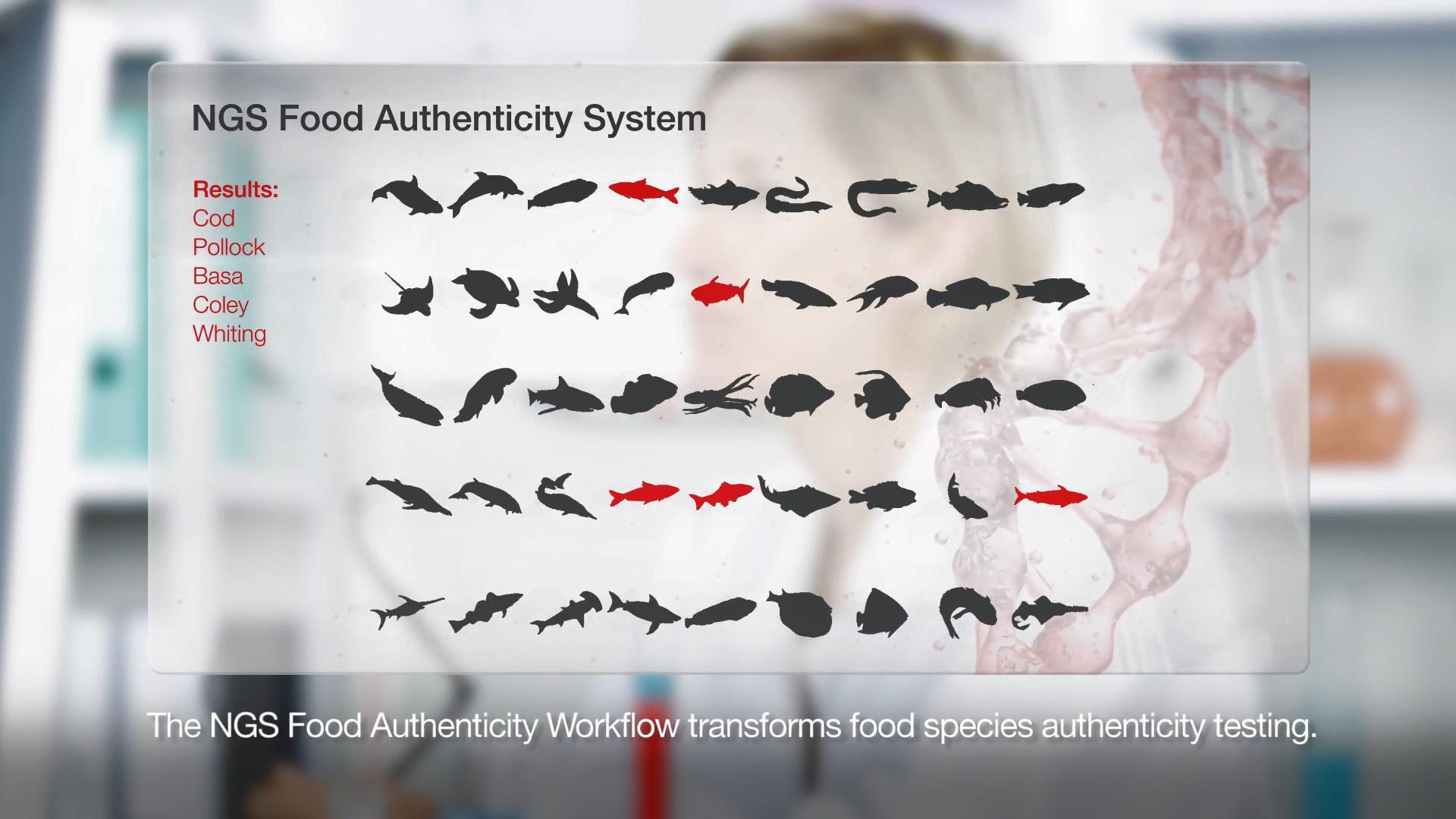Identification of the species present in food and feed samples is a critical step for proof of authenticity, traceability of raw materials, and quality control of handling and cleaning processes in food production lines.
The Thermo Scientific NGS Food Authenticity Workflow is a new solution for verifying and authenticating products for improved traceability and food safety. It brings together SGS™ All Species ID Food DNA Analyser Kits for meat, fish and plant species with the Thermo Fisher Scientific™ Ion Torrent™ Next Generation Sequencing platform and the SGS™ All Species ID Software. Barcoding of samples with exclusive barcoded DNA sequences enables the analysis of multiple food and feed samples in a single run.
Simple: streamlined NGS workflow with with ready to use kits for DNA extraction and library preparation ahead of automated templating, sequencing and data analysis.
Comprehensive: screening of food samplesagainst an extensive database of meat, fish and plant species, including exotic variants, gives accurate detection and differentiation of expected and unexpected species.
Rapid: sample to result in as little as one day.
The most common molecular method to verify species substitution and species identification is real-time PCR. However, PCR testing is limited by the number of targets that can be simultaneously identified and differentiated and requires knowledge about which species to search for. This can be critical, especially when testing highly processed and complex foods that often contain multiple different species.
The introduction of Next Generation Sequencing (NGS) into the food sector revolutionizes food authenticity testing. An NGS untargeted approach enables accurate detection and differentiation of thousands of different species in each sample using DNA sequencing which is recognized as the most reliable method for species identification.
At the end of an NGS analysis, millions of individual sequences are obtained making it possible to identify species in complex foods containing multiple ingredients. This is because each DNA-containing ingredient will produce a single and unique DNA sequence. The sequences obtained can be compared against a database resulting in a complete list of all the species present in the sample.
There is no requirement for previous knowledge of the supply chain, or which targets to search for. This means that now the question can be simply; “which meat species are in my sausage meat?”, or “are there any other plants in my dried oregano”, and “can I defend my label claims?”
1 GMA (2010) “Consumer product fraud: Deterrence and detection.” 2 Kircher, A. (2012) “Tools for protecting the nation’s food supply,” National Center for Food Protection and Defense.










